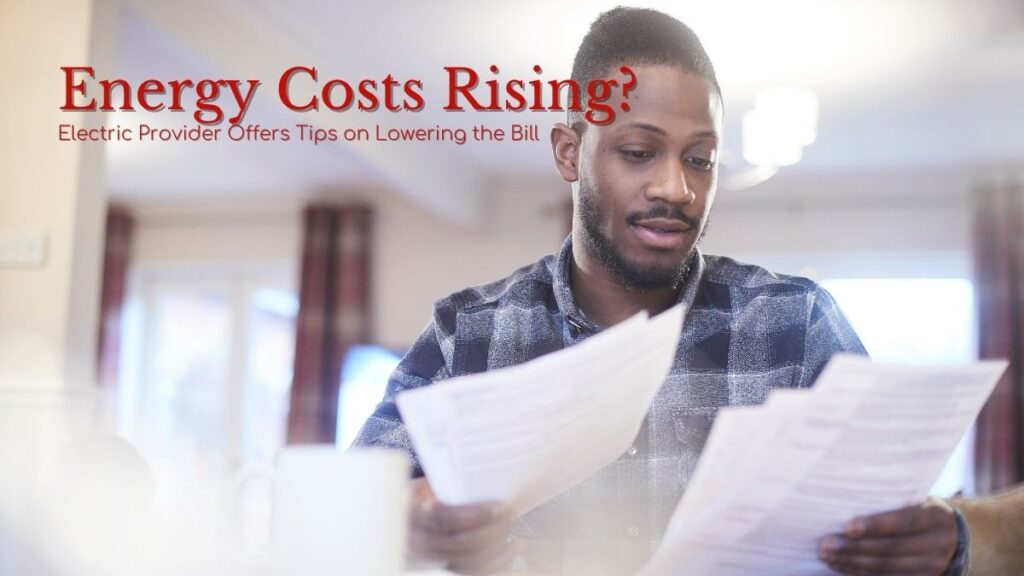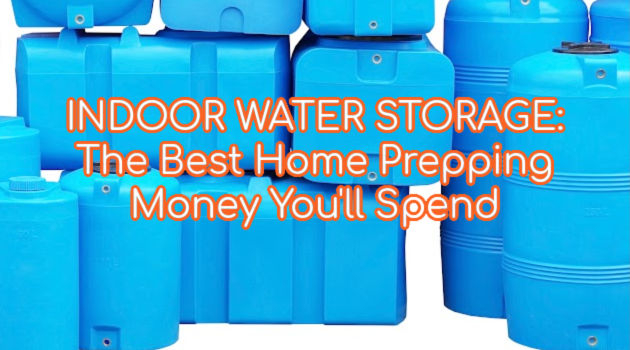What is sustainability when it comes to your home?
Sustainability is about creating a lifestyle that doesn’t hurt the environment or deplete our resources. It can be challenging to know where to start, but there are plenty of small things you can do to make your home more sustainable.
Most gardeners already know the importance of our natural resources–we are at one with the gifts that nature offers. We do not necessarily consider ourselves part of some green agenda and gimmicky slogans. We were the trendsetters.
But for those who have a new penchant for saving energy, please read these tips.
6 Ways to Increase Sustainability in Your Home
Here are several tips for getting started.
1 – List the ways you use energy in your home and find ways to reduce your consumption.
It’s essential to list how you use energy in your home because doing so can help you identify areas where you can reduce your consumption. For example, you can save money by turning off your lights and appliances when you’re not using them or if you use a lot of energy in the morning.
You can also check for reliable solar companies to set up a renewable energy source for the home. Renewable energy is one of the best ways to be sustainable because it doesn’t deplete our resources or emit harmful pollutants. You can also earn tax credits for installing the system in your home.
2 – Install energy-efficient light bulbs and appliances.
Installing energy-efficient light bulbs and appliances is essential for creating a sustainable home. Using these products can help reduce your home’s energy consumption and save money on your utility bills. Additionally, using energy-efficient products helps protect the environment by decreasing your carbon footprint.
There are a variety of energy-efficient light bulbs available on the market, including LED and CFL bulbs. These types of bulbs use less energy than traditional incandescent bulbs, and they last much longer. When choosing energy-efficient appliances, look for the ENERGY STAR label. ENERGY STAR appliances are designed to be more efficient than standard models. They can help you save money on your energy bills.
3 – Plant trees or shrubs around your home to provide shade and wind protection.
Planting trees or shrubs around your home can provide several benefits, including shade and wind protection. Shade from trees can help keep your home cooler in the summer, while shrubs can help protect it from the wind. This can help reduce your need for air conditioning, saving you money on utility bills.
Trees and shrubs can also help improve the air quality around your home by absorbing pollutants. This can create a healthier environment for you and your family. Additionally, planting trees can help reduce noise pollution from traffic or other sources.
4 – Collect rainwater to water your plants.
Collecting rainwater is a great way to water your plants without using water resources. It also helps reduce your home’s water usage, saving money on your water bills.
Rainwater is an excellent source of moisture for plants and is free to collect. You can collect rainwater in a rain barrel or other container and use it to water your plants when needed. Be sure to empty the barrel or container after each rainstorm so that it doesn’t overflow and cause damage to your home.
EDITORIAL NOTE: Please check your local ordinances before installing a rainwater collection system. Some communities ban this sustainability practice–you could be fined.
5 – Set up a garden for food sustainability.
Having a garden at home can provide many benefits, including fresh produce, exercise, and relaxation. A garden can also help you save money on grocery bills since you can grow your own fruits and vegetables.
Exercising in your garden is a great way to get some fresh air and Vitamin D. Gardening is also a great way to relieve stress and relax. You can invite friends to help you with the work if you have a large garden.
Harvesting your own fruits and vegetables can also save money. You can grow different vegetables in your garden, including tomatoes, peppers, eggplants, squash, and more. You can sell your surplus produce at a farmer’s market or roadside stand if you have a more extensive garden.
6 – Compost your food scraps.
Composting food scraps is a great way to recycle organic materials and create nutrient-rich soil for your garden. By composting your food scraps, you can help reduce the amount of waste that goes to landfills and improve the health of your garden.
Composting food scraps is easy to do, and it doesn’t require any special equipment. Simply place your food scraps in a compost bin or heap, and add water and air to help the process. Once the food scraps have broken down, you can add them to your garden as a natural fertilizer. Composting is a great way to reduce environmental impact and create a healthy garden.
The Takeaway: Improving Your Home’s Sustainability Saves You Money and Is Kinder to Natural Resources
Creating a sustainable home doesn’t have to be complicated or expensive. You can do several things to save energy, water, and money. Small changes can help protect the environment and save money on utility bills.




